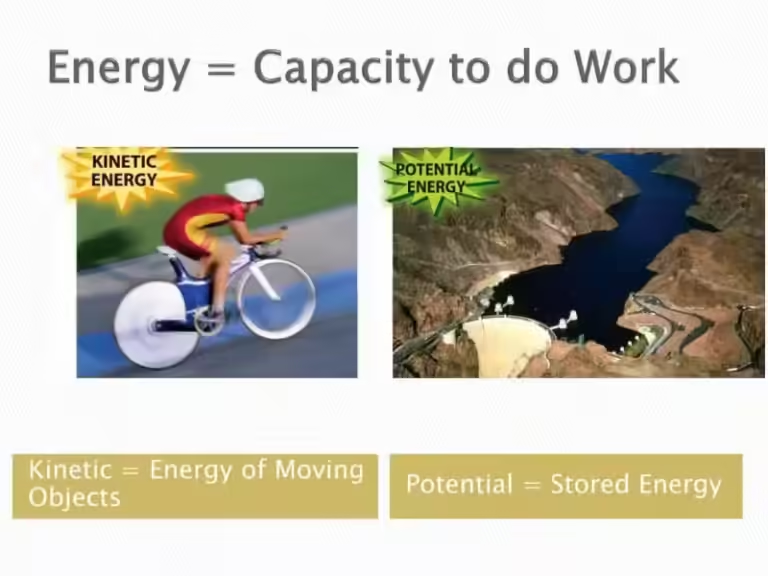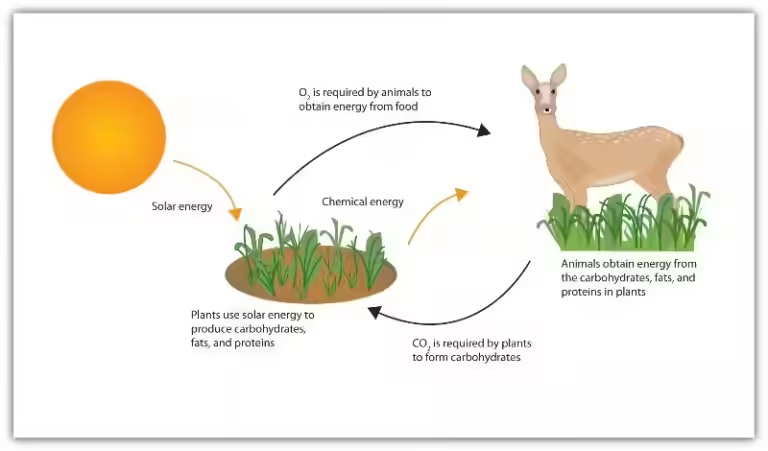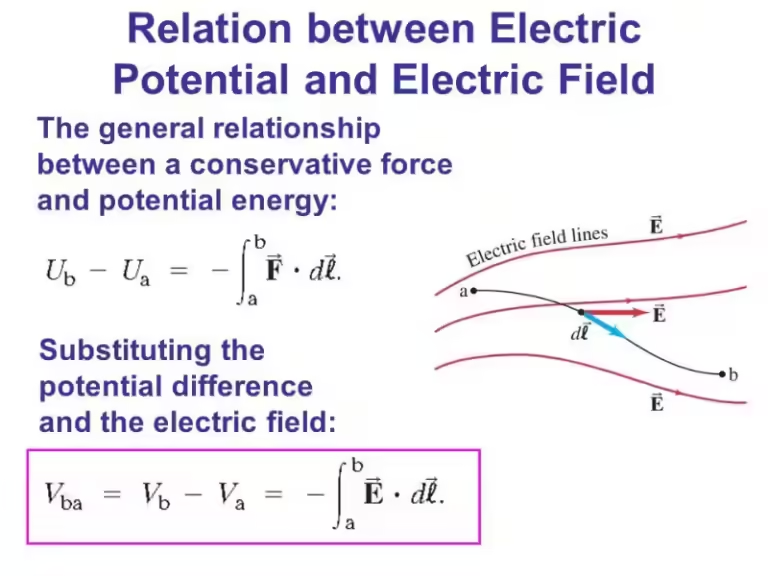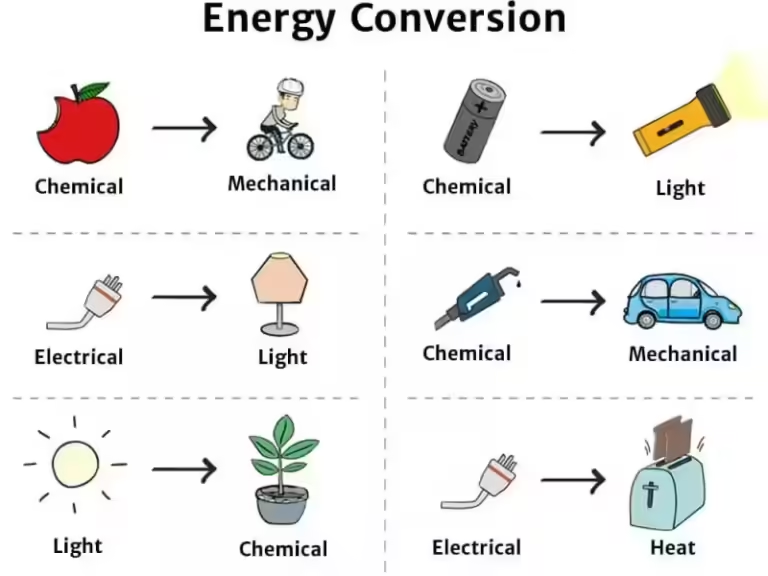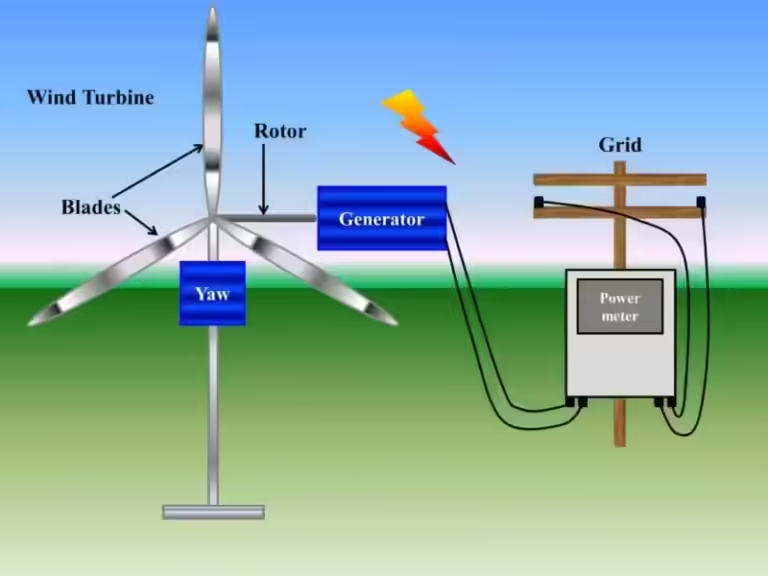The Power Within: Understanding the Amount of Energy Available to Do Work
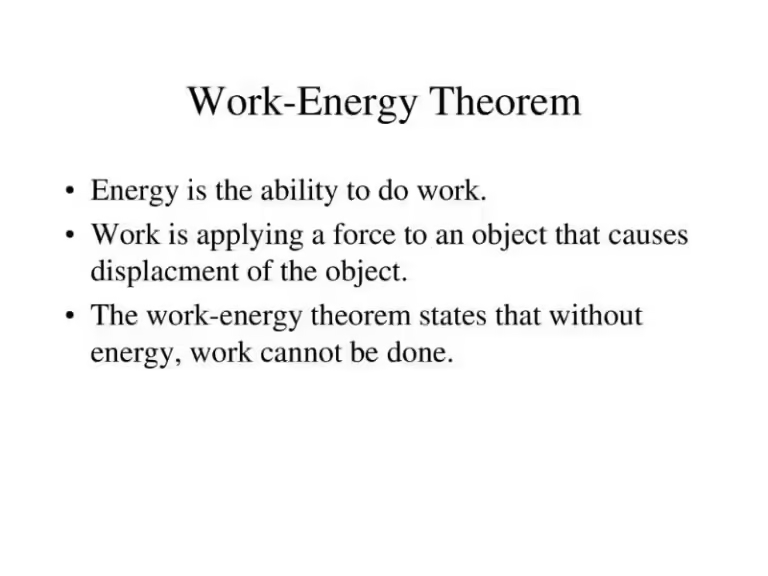
Imagine a car revving its engine, ready to zoom down the highway. The engine possesses a certain amount of energy stored within it, waiting to be unleashed. This energy, the amount of energy available to do work, is what propels the car forward. But what exactly is this "work" and how is this energy measured?
In the realm of physics, work is defined as the force applied to an object causing it to move a certain distance. The amount of energy available to do this work is called energy. Think of it as the potential of a system to perform an action. A car's engine, a battery powering a phone, or even the sun's rays are all examples of systems containing energy that can be used to do work.
Types of Energy: A Spectrum of Power
The energy available to do work can take various forms, each with its unique characteristics and uses. Here are some of the most common types:
Kinetic Energy: The Energy of Motion
Imagine a speeding train. It possesses kinetic energy due to its motion. The faster the train travels, the greater its kinetic energy. This energy can be used to do work, such as pushing a stationary object out of the way or generating electricity through regenerative braking.
Kinetic energy is directly proportional to an object's mass and velocity. A heavier object moving at the same speed as a lighter object will have more kinetic energy. Similarly, an object moving at a higher speed will have more kinetic energy than the same object moving at a slower speed.
Potential Energy: Stored Energy
Think of a stretched rubber band. It is not doing work right now, but it has the potential to do work when released. This potential to do work is called potential energy. The more the rubber band is stretched, the more potential energy it stores.
Potential energy can be further categorized into different types, such as:
- Gravitational potential energy: This is the energy stored by an object due to its position relative to a gravitational field. For example, an apple held high above the ground has gravitational potential energy that is converted into kinetic energy as it falls.
- Elastic potential energy: This is the energy stored within a deformable object, such as a spring or a stretched rubber band. The more the object is stretched or compressed, the more elastic potential energy it stores.
- Chemical potential energy: This is the energy stored within the chemical bonds of molecules. When these bonds are broken, energy is released, as seen in the burning of fuel or the digestion of food.
Thermal Energy: The Energy of Heat
Imagine a cup of hot coffee. The molecules within the coffee are vibrating vigorously, generating heat. This thermal energy is a form of energy that is related to the temperature of a substance. The higher the temperature, the more thermal energy the substance possesses.
Thermal energy can be used to do work, such as heating a room or powering a steam engine. It can be transferred through conduction, convection, or radiation.
The Fundamental Principle of Energy Conservation
One of the most important laws in physics is the law of conservation of energy. This law states that energy cannot be created or destroyed, but only converted from one form to another. This means the total amount of energy in a closed system remains constant, even as it changes form.
For example, when you drop a ball, its gravitational potential energy is converted into kinetic energy as it falls. When the ball hits the ground, some of this kinetic energy is converted into thermal energy (heat) and sound energy. While the energy changes forms, the total amount of energy in the system remains the same.
The Importance of Energy: Powering Our World
The amount of energy available to do work is crucial for our daily lives. Energy fuels our homes, powers our transportation, and drives our industries. Understanding how energy works and how to use it efficiently is essential for a sustainable future.
From the simple act of turning on a light switch to the complex processes of manufacturing and transportation, energy plays a vital role in our modern world. As we strive to develop cleaner and more efficient energy sources, a deep understanding of energy's fundamental principles is essential.
Frequently Asked Questions
What is the amount of energy available to do work called?
This question cannot be answered without the content from the Quizlet set. Please provide the content in a different format or the specific information you are looking for.

